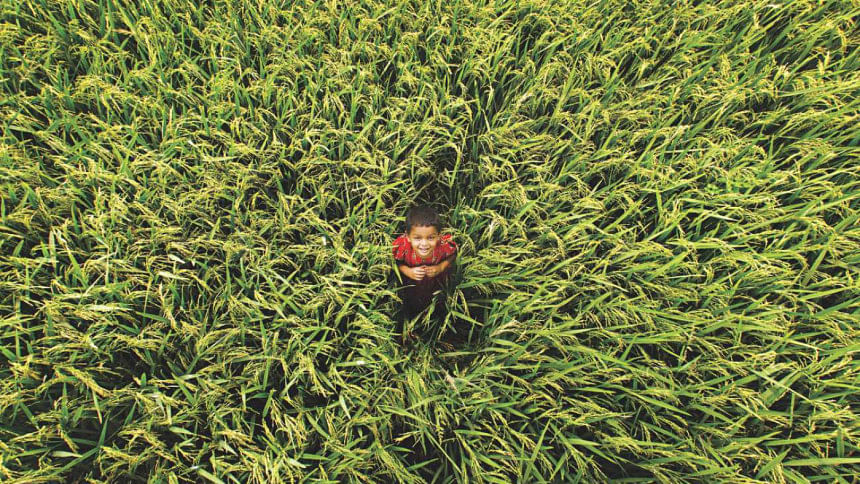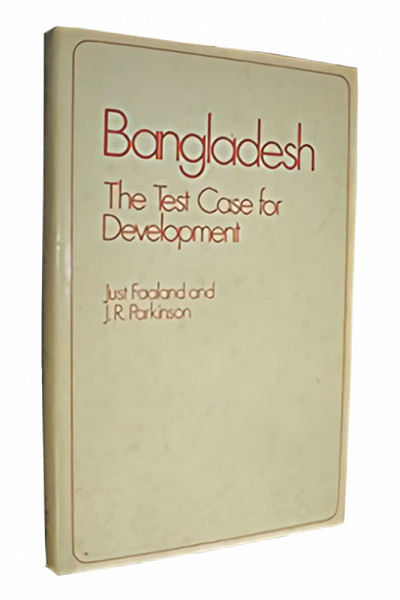How Young Bangladeshis can Embrace the Winds of Change

In my undergrad, a text was mentioned. Bangladesh: The Test Case for Development by Just Faaland and Richard Parkinson, in 1976. It was referred because of an extract that became folklore in those days: "If development could be made successful in Bangladesh … it could be made to succeed anywhere else."Based on what they saw just after the Liberation War, Faaland and Parkinson ruled Bangladesh as a hopeless case for development.
Faaland and Parkinson overlooked history like many economists of their time. Japan rose from the ashes after a war. So did Vietnam. Why couldn't Bangladesh, being a cradle to the Ganges-delta civilisation, do the same? Today, Bangladesh has proved critics wrong. The nation is poised to make a transition from a "basket case" to become an emerging economy.
Today's young are fortunate. They inherit an economy that was unimaginable a generation ago. According to ADB, in 2016, Bangladesh achieved its highest growth rate ever, 7.1 percent. This wasn't a one-off. Since 1990, the country has been growing steadily. This growth has trickled down to the poor much better than many nations. In 1991, 40 percent of the population lived in extreme poverty. Today that stands at 14 percent. In 1971, when the population was 75 million, food-grain production was 10 million metric tons. Today, with 160 million people, it stands at 33 million metric tons.
The country's exports stand on the shoulders of its garments industry. In 2015, Bangladesh exported US$ 26 billion readymade garments, second only to China. There are industries that get overlooked at times. The pharmaceutical sector exports to more than 90 countries. Ceramics are exported to more than 50 countries. The leather industry is the second largest exporter where Bangladeshi leather is second in quality only to France.

Bangladesh's performance in the Millennium Development Goals (MDGs) is impressive. Bangladesh has eradicated extreme poverty and hunger; promoted gender equality; achieved universal school enrollment; and reduced child birth deaths. No longer looking to the skies for help, Bangladesh is an example to the world in cyclone, floods and drought management.
Thus starts our journey. How do today's young fit into this story of impressive success?
Population, which was once considered a burden, presents a wonderful platform for Bangladesh to make the next leap. In July 2016, 28 percent of the population was in the 0-14 age-group; and 20 percent was in the 15-24 age-group. This sends a positive signal that Bangladesh has the young people to embrace the "winds of change".
Job-creation amongst the youth will be one of the biggest challenges in the coming decade. The economy has the growth. Whether it has the jobs to offer its young population is where the challenge lies. Efforts from the state and development partners alone may not be enough. The youth, themselves, have to come forward to embrace the "winds of change".
If you assume language as a tool, then spoken Arabic, will grant access to job-markets in more than 20 countries where Arabic is the medium of communication. If you know spoken Spanish, you will be able to seek opportunities in the entire of Latin America. Add French to your list and you get access to the former French colonies. Add Chinese to your list, you get access to the world's largest emerging economy.
If you're into programming, knowing the above languages will help you gain access to markets that are unexplored. Knowing a language and applying it to a sector in the tourism industry will give you an edge.This is just the beginning.
Languages have strictly guarded boundaries. Passports are seldom granted to the traveller. Access to a culture is granted by the knowledge of its language. Bangladesh was never "hopeless" or a "basket case". Her youth have always been full of potential. As Bangladesh starts making the transition to an emerging economy, today's youth could think about learning other languages and exploring sectors that are unheard of today, but will create the jobs of tomorrow.
Asrar Chowdhury teaches economic theory and game theory in the classroom. Outside he listens to music and BBC Radio; follows Test Cricket; and plays the flute. He can be reached at: [email protected]

 For all latest news, follow The Daily Star's Google News channel.
For all latest news, follow The Daily Star's Google News channel. 



Comments